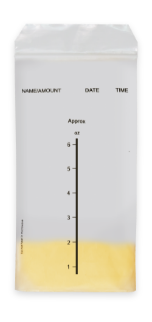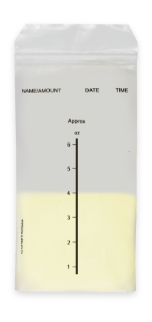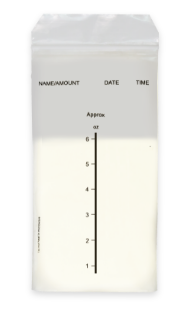

Many new moms have questions about breastfeeding. Knowing what to expect during the first few days can help.
Here are answers to 5 common questions about breastfeeding:
Breastfeeding is recommended for at least the first six months of life. Breastfeeding for 12 months or longer, or for as long as wanted by both mother and baby, will continue to provide health benefits. WIC can help you meet your breastfeeding goals.



Side-Lying Hold
This hold is useful when:
Cross-Cradle Hold
This hold is useful when:
Clutch or “Football” Hold
This hold is useful when:
Cradle Hold
This hold is useful when:
Laid-Back Hold
This hold is useful when: